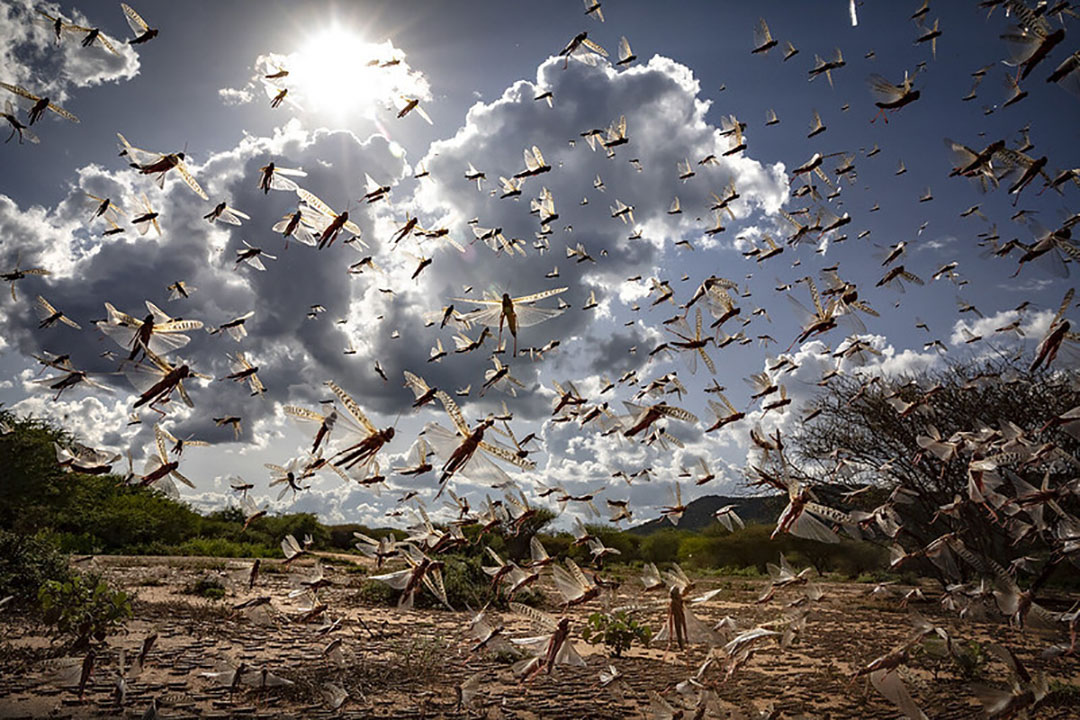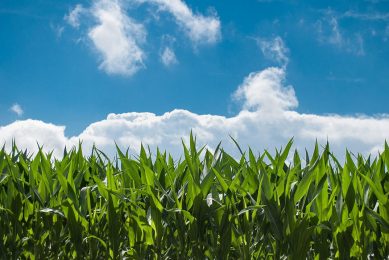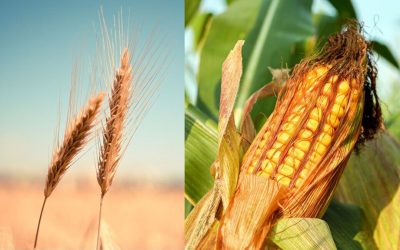Desert locust outbreak prioritised over Covid-19

The Food and Agriculture Organization (FAO) of the UN is continuing its efforts to contain the desert locust upsurge in East Africa despite restrictions on the movement of personnel and equipment resulting from the Covid-19 pandemic.
The desert locusts continue to cause an unprecedented threat to food security and livelihoods in East Africa as recent widespread rainfall is expected to push the number of locusts even higher over the coming months. In the countries worst affected or at risk – Ethiopia, Kenya, Somalia, South Sudan, Uganda and Tanzania – around 20 million people are already experiencing acute food insecurity, and a further 15 million in Yemen, which is also being affected by the pest.

Covid-19 Up-date
What impact is the pandemic having on the global animal feed sector and how are they dealing with it.
Covid-19 restrictions
Restrictions on the movement of personnel and equipment imposed by Covid-19 have created challenges, but FAO is continuing to work with national governments, farmers and agricultural producers to contain the outbreak. According to Cyril Ferrand, FAO’s resilience team leader for East Africa, there is no significant slowdown because all the affected countries working with FAO consider desert locusts a national priority. FAO is supplementing national efforts by providing support for surveillance as well as aerial and ground spraying being conducted in 10 affected countries. More than 240,000 hectares have been treated with chemical pesticides or biopesticides across the region and 740 people have been trained up to conduct ground locust control operations thus far. Covid-19 has, however, had an impact on the supply of motorised sprayers and pesticides. “Our absolute priority is to prevent a breakdown in pesticide stocks in each country. That would be dramatic for rural populations whose livelihoods and food security depend on the success of our control campaign,” said Ferrand.
Funding
The FAO has scaled up its desert locust appeal to approximately US$ 150 million. Funding has been received from Belgium, Canada, China, Denmark, France, Germany, Italy, the Netherlands, Saudi Arabia, Sweden and Switzerland as well as the Abu Dhabi Agriculture and Food Safety Authority, the African Development Bank, the Africa Solidarity Trust Fund, the European Civil Protection and Humanitarian Aid Operation (ECHO), the European Union, the Bill & Melinda Gates Foundation, the Mastercard Foundation, the UK Department for International Development (DFID), the UN Central Emergency Response Fund (CERF) and USAID.
Also interesting:
Locusts decimate crops in East Africa.
 Beheer
Beheer













 WP Admin
WP Admin  Bewerk bericht
Bewerk bericht